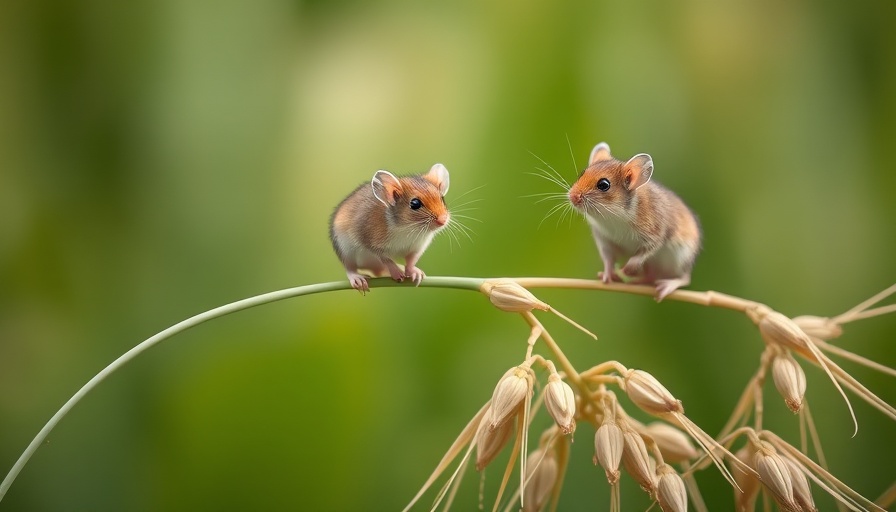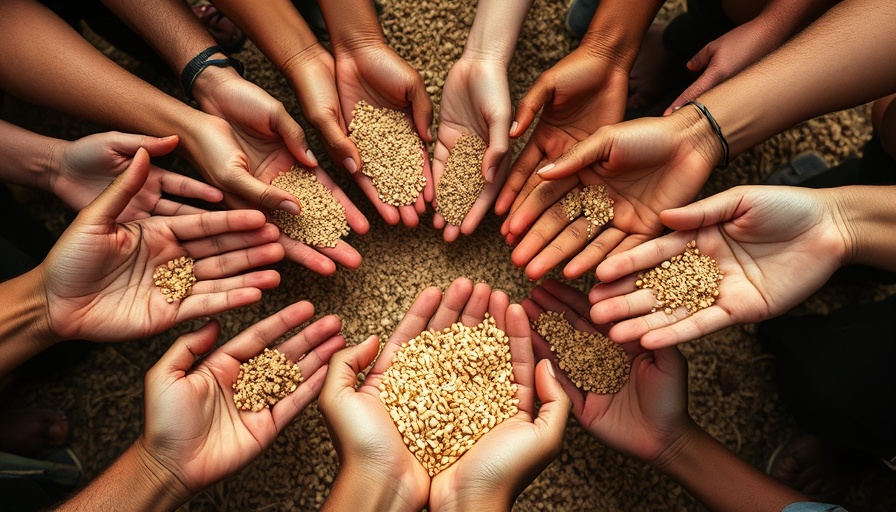
Curious Compassion: Mice's Remarkable First Aid Behavior Unveiled
In a striking move that mirrors human altruism, researchers from the University of Southern California have unveiled a captivating aspect of mouse behavior: their inclination to assist unconscious companions. This remarkable study explores how these small creatures exhibit what can aptly be termed 'first responder-like behavior,' raising intriguing questions about empathy and social connection in the animal kingdom.
A New Perspective on Altruism in Mice
At the heart of this surprising discovery is the social behavior of mice when faced with an unconscious mate. During their experiments, the researchers observed that conscious mice would rush to aid their incapacitated cage mates. Their responses ranged from gentle grooming and nuzzling to more significant actions, including biting their unconscious friend's mouth or even pulling their tongue in a desperate attempt to clear the airway. Lead researcher Li Zhang noted, "This study is the first time we’re seeing a first responder-like behavior in mice," signaling a breakthrough in understanding the motivations behind such actions.
Understanding the Mechanism: The Role of Oxytocin
The study revealed that oxytocin—often dubbed the 'love hormone' in humans—functions similarly in mice, facilitating these altruistic behaviors. As the researchers conducted their experiments, they noted that the reviving behaviors were most pronounced among familiar mice, indicating that social bonds play a critical role. This aligns with insights from neuroscientist James Burkett, who stated that the oxytocin system encourages what he describes as an "altruistic impulse." The brain's release of oxytocin appears to motivate the helper mice, fostering a deeper bond and mutual care between them.
Elephants, Dolphins, and Now Mice: A Shared Empathic Trait?
This phenomenon isn't unique to mice. Other species, such as elephants and dolphins, have also demonstrated similar behaviors, raising the question of whether compassion and empathy could be more widespread in the animal kingdom than previously understood. As Li Zhang remarked, "These findings hint at the potential for a complex emotional landscape in animal behavior, encouraging us to reflect on the depth of emotional connections within different species."
Why This Matters: Broader Implications for Animal Welfare
The implications of this research extend far beyond curiosity about mouse behavior. Understanding such empathetic tendencies can reshape our approach to animal welfare. As our knowledge of animal empathy deepens, it could influence housing, care, and treatment in laboratory and domestic settings, promoting enriched environments that respect their social needs.
What Lies Ahead: Future Research Directions
The findings also point to future research possibilities. The profound role of oxytocin in social behavior invites further investigation into how social structures and emotional bonds influence behavior in other species. As we continue to explore these profound connections, we might uncover more layers to the social dynamics shared among various mammals, including humans.
As we digest the implications of this research, one thing becomes clear: our understanding of animal behavior is evolving, revealing a tapestry of compassion and empathy that challenges conventional views.
 Add Row
Add Row  Add
Add 




Write A Comment